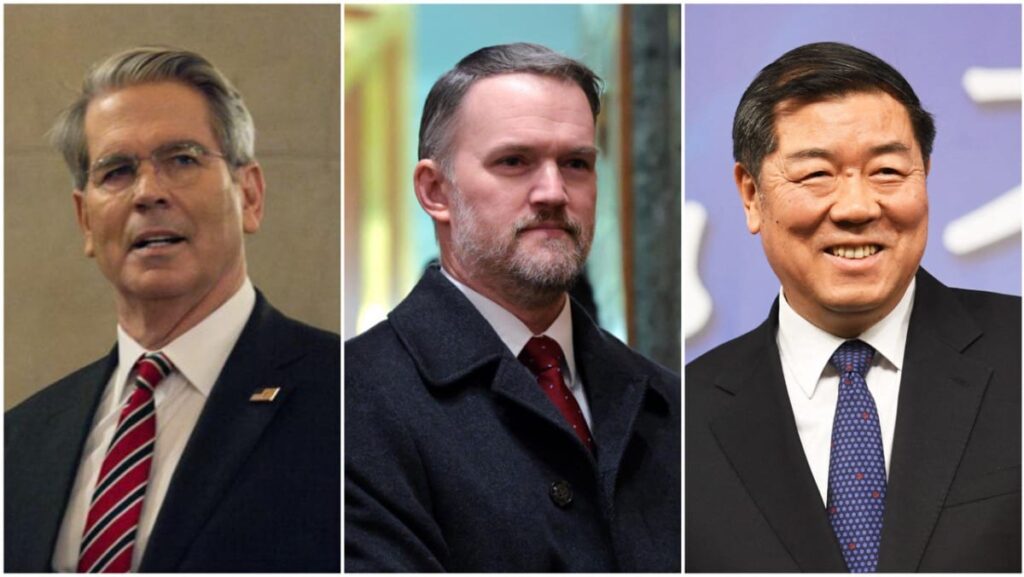SINGAPORE: From Washington and Beijing, planes carrying senior leaders and trade officials are en route to one negotiating table in Switzerland – but who has the upper hand?
The imbalance in negotiating power is already clear, analysts said, as US and Chinese officials convene in Switzerland this weekend for their first face-to-face trade talks since President Donald Trump’s sweeping new tariffs took effect.
The meetings, scheduled for Saturday (May 10) and Sunday, will be led by US Treasury Secretary Scott Bessent and Trade Representative Jamieson Greer. On Beijing’s side, Vice Premier He Lifeng will represent the government.
Despite its own domestic economic strain, China enters the talks with firmer demands, a unified message, and greater strategic patience, according to observers. The United States, by contrast, has tempered expectations and downplayed the prospects of a deal.
“China does have the upper hand because the US is reaching out,” said Wang Dan, China director at Eurasia Group.
“The trigger for (the talks) is mainly the domestic condition of the US. People have anticipated some hardships, but nobody expected this type of turbulence in the market.”
To be sure, both China and the US are “feeling real economic pain from these outlandishly high tariffs”, said Dexter Tiff Roberts, a nonresident senior fellow at the Atlantic Council’s Global China Hub.
The US faces the threat of empty store shelves and higher consumer prices, while China grapples with a loss of export-related jobs.
“I do think, though, that the tolerance for pain is higher in China … the whole ability to ‘eat bitterness’,” said Roberts, referring to the Chinese saying “chi ku”, which means to “eat bitterness” or to endure hardship.
Read the full article here

